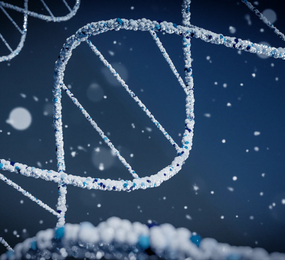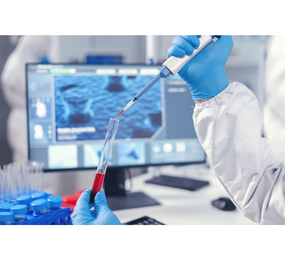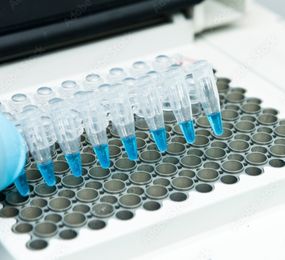In certain ways, the global supply chain system optimises itself. The motivation is obvious: maximise profit. Products and services are created and offered at the lowest possible cost in the numbers that the market requires. The majority of people should not be surprised by this obvious observation. Consumers have quickly grown accustomed to reliable yet adaptable supply chains that are able to deliver items swiftly and anticipate where they will be most required.
However, there are drawbacks: a quick supply chain is brittle. It costs money to keep extra capacity and emergency supplies on hand, and this cost has not always been borne. Clinical manufacturing for complex modalities, like the cell and gene therapies produced by contract development manufacturing organisations (CDMOs), are no exception.
The field of cell and gene therapy, as well as the entire global supply chain, were vulnerable to interruption due to just-in-time manufacturing ordering, which was a disaster waiting to happen. Inevitably, the COVID pandemic disrupted the logistics and supply chain for cell and gene therapy in the first few months of 2020.
Despite the fact that innovations can solve logistical problems with cell and gene therapy, the industry still faces serious supply concerns, which aren't going away anytime soon. Companies are already beginning to be cautious when getting critical raw materials from possible competitors because, if starting supplies are under market pressure, those competitors may put their own plans ahead of delivering.Although there are still not many commercial cell and gene therapies, this is anticipated to change when late-stage development programs are commercialised. If and when a cell therapy is commercially licensed for the treatment of large solid tumours, these cell and gene supply chains will be put to more rigorous testing. Even conservative estimates put the demand for goods and services at multiple orders of magnitude higher than it is now, when companies are already having trouble keeping up with demand. As more therapies are approved, there will be pressure on the cell and gene supply chain because everyone will be vying for the same consumables. The apparent solution is capacity growth, and suppliers are doing it, but in the short term, it's likely that disruptions will continue and costs may rise.
Want to find out more? Join industry experts on March 28–29, 2023 at the Steigenberger Airport Hotel, Berlin, Germany as they discuss every area of cell and gene therapy.
To register or learn more about the Forum please check here: https://bit.ly/3zxguXW.
For more information and group participation, contact us: [email protected]
















